The Sign Maker: Beautiful House Signs, Memorial Plaques, Wedding items, Wheel Covers & Business Signage
Caring For Our Countryside: Helping Wildlife Through Autumn and Into Winter: Caring For Our Countryside: Helping Wildlife Through Autumn and Into Winter
Caring For Our Countryside: Helping Wildlife Through Autumn and Into Winter
Date Added: 23/10/2025 @ 10:45am
As the days grow shorter and temperatures drop, autumn is a busy time for wildlife. Birds, insects, and mammals are all preparing for the colder months ahead — building up food stores, finding shelter, and conserving energy. Here in North Devon, we’re lucky to be surrounded by nature, and we’ve made it a priority to support it wherever we can. From our wildlife ponds to our bird feeding stations and habitat areas, we see first-hand how small actions can make a big difference.
If you’d like to give local wildlife a helping hand this season, here are some simple and effective ways to do it.
1. Keep Feeding the Birds
Food becomes scarcer as the weather cools, so regular feeding can be a real lifeline for garden birds. Offer a mix of seeds, suet, and nuts, and try to keep your feeders topped up consistently — birds quickly learn where to find reliable food sources. Don’t forget fresh water too; even in cold weather, birds need it for drinking and bathing.
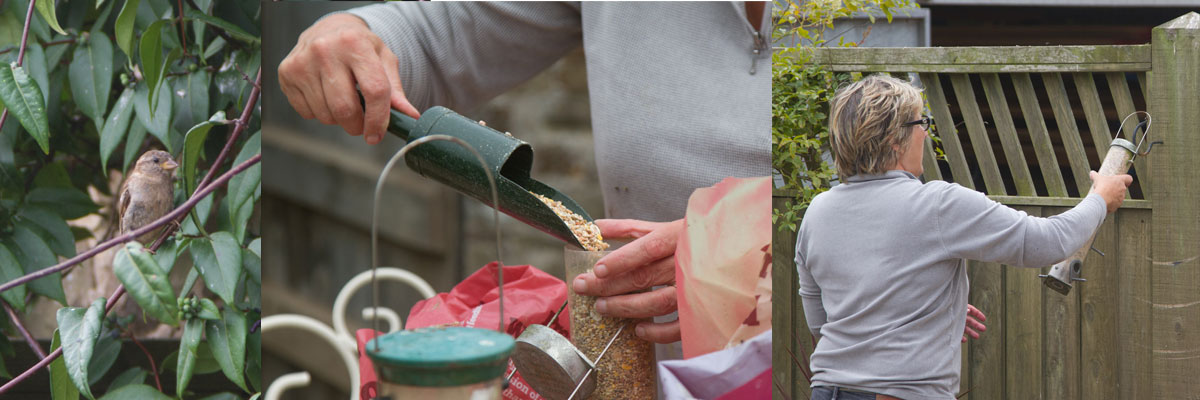
2. Create Shelter and Safe Spaces
Autumn is the perfect time to tidy up gardens — but not too much! Leaving some leaf piles, long grass, or log stacks creates vital shelter for hedgehogs, frogs, toads, and insects. If you have space, consider adding a bug hotel, hedgehog house, or nesting box ready for winter residents.
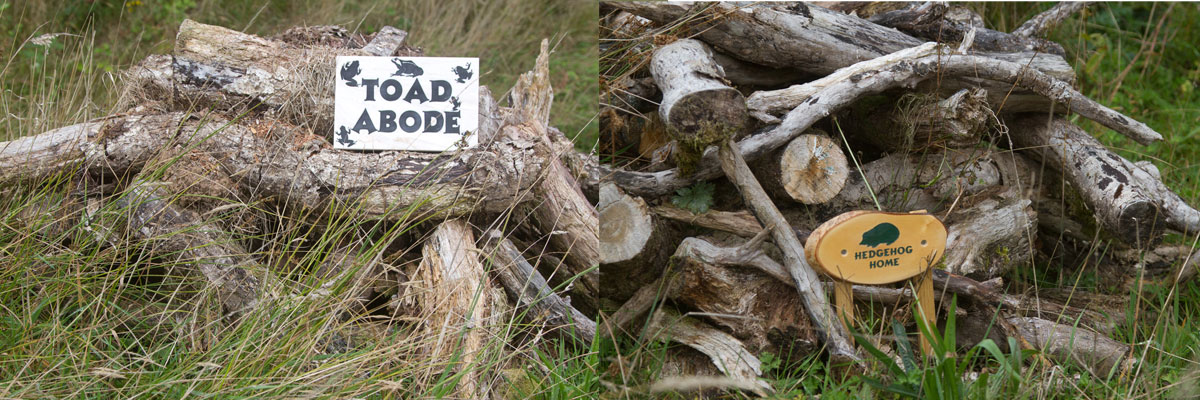
3. Keep Ponds and Water Sources Wildlife-Friendly
Ponds are crucial habitats all year round. As we do here at our site, keeping ponds free of debris and ensuring there’s an easy way for animals to climb in and out can make a huge difference. Adding floating sticks or stones can help prevent creatures from getting trapped if the water freezes later in the season.
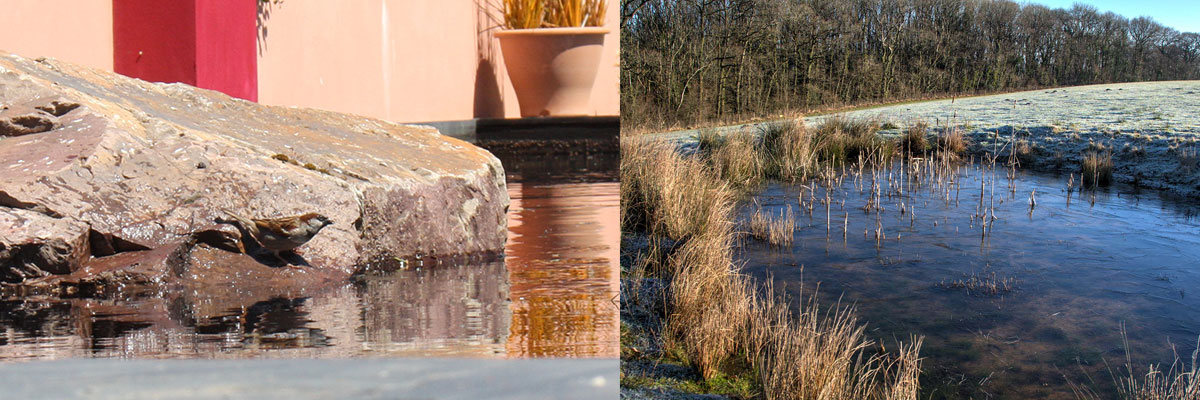
4. Plant for Autumn and Winter Foraging
If you’re planning ahead, choose plants that offer berries, seeds, and shelter through the colder months. Rowan, hawthorn, ivy, holly, and teasel are all excellent choices for attracting birds and pollinators. Even container plants with late-flowering species like sedum or heather can provide nectar for bees on mild days.
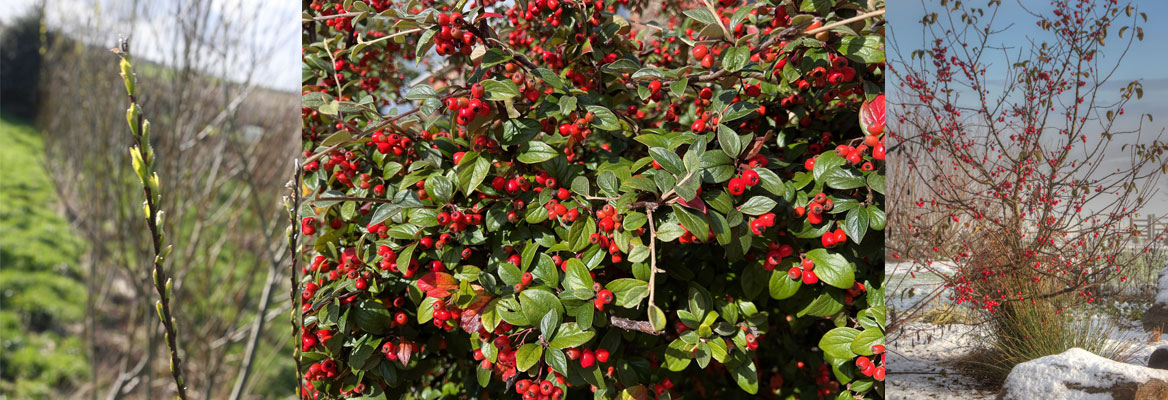
5. Be Mindful When Tidying Up
It’s tempting to clear away everything in the garden before winter sets in, but a slightly “messier” garden can be a haven for wildlife. Fallen leaves can insulate plant roots and shelter insects, while hollow stems and seed heads offer food and nesting material for birds.
6. Avoid Chemicals and Pesticides
Try to keep your garden as natural as possible. Pesticides can harm beneficial insects and upset the balance of your local ecosystem. Instead, encourage natural pest control — ladybirds, frogs, and birds are all happy to help keep unwanted bugs in check.
A Small Effort, A Big Reward
Supporting wildlife through autumn doesn’t require a lot of space or time — just a bit of thought and care. Watching birds visit your feeders, spotting frogs in a pond, or seeing hedgehogs foraging at dusk are small moments that remind us why it’s worth it.
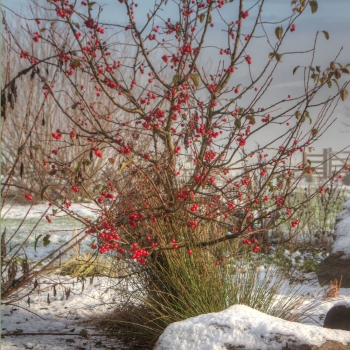
Categories
Caring For Our Countryside
Published by The Sign Maker
Our craftsmen make a huge range of signs, wheel covers, memorial plaques. printed canvas and personalised gifts. Give us a call - I am sure we can help.
